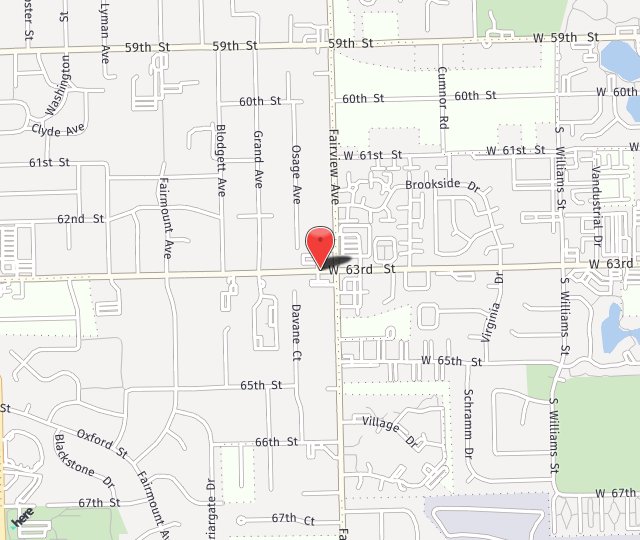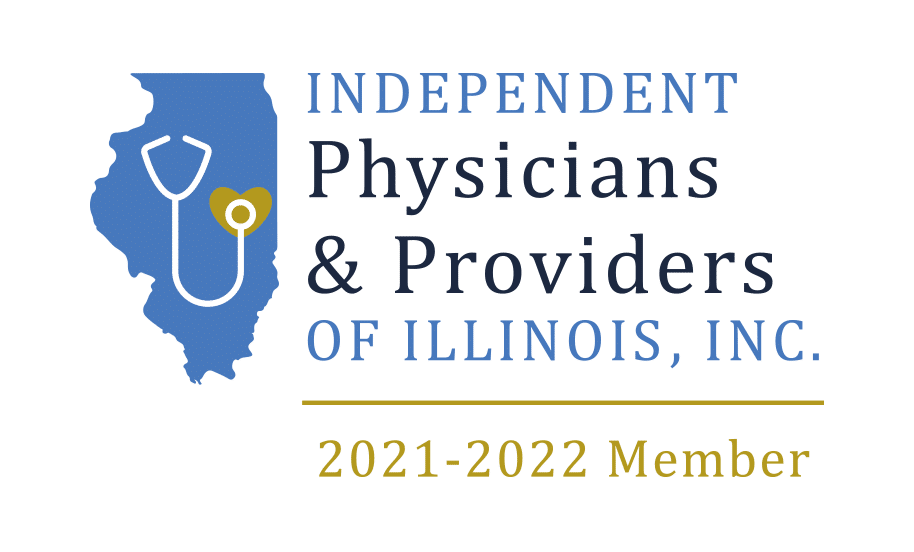Split Earlobe Repair
Most of the auricle (external portion) of the ear consists of skin over contoured cartilage; muscles and ligaments hold it in place. The lobe of the ear does not contain any cartilage, however, making it susceptible to damage, particularly if it has been pierced. Wearing heavy earrings can cause the hole in the earlobe, or the earlobe itself, to stretch considerably, or the earlobe to split or tear. A forceful pull on an inserted earring can also cause the earlobe to tear. Tears are categorized as partial, complete or multiple, and are often repaired by plastic surgeons, dermatologists and otolaryngologists.
Earlobe Repair Procedure
To repair a torn or stretched earlobe, the area is first cleansed with an antiseptic; local anesthetic is then injected into the earlobe. To repair a tear or overstretched hole, part of the skin around the tear or hole is cut away; the now-clean margins of the tear or hole are then stitched together with both dissolving sutures (in the inner tissue) and regular sutures (on the surface skin).
Earlobe repair generally does not require prescription pain medication; over-the-counter pain relievers are usually sufficient. Postsurgery, the ear should be washed about 3 times a day for a week, and no piercings or jewelry may be used for 2 to 6 months. Skin sutures, if used, are removed 1 to 2 weeks after surgery. Most patients return to normal activities in less than a week.
Risks of Earlobe Repair
Anytime skin is cut in a surgical procedure, there are certain risks, which include the following:
- Bleeding
- Infection
- Pain
- Scarring
- Depression or “notch” in skin
Before repiercing the earlobe, the patient should check with the surgeon who performed the repair. In some cases, the surgeon repierces the ear during the surgical repair.


